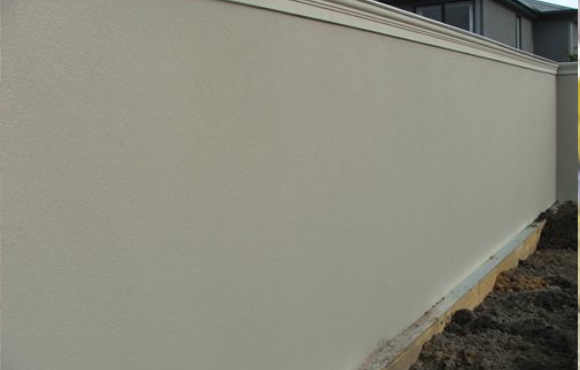5 Essential Elements For cement repairs
5 Essential Elements For cement repairs
Blog Article
John Liardet. An analogous item was patented in 1777 by John Johnson. Widely employed by the architect Robert Adam who subsequently commissioned George Jackson to provide reverse-Reduce boxwood moulds (lots of which to Adam types). Jackson fashioned an independent organization which nonetheless right now produces composition pressings and retains an incredibly large boxwood mould assortment.
It really is accomplished by applying a thin layer of plaster and smoothing it out having a trowel. A clean complete is usually employed for portray or wallpapering, as it provides a thoroughly clean and uniform surface.
The overall seem is usually a fishscale sort pattern around the ceiling, closet wall, and many others. Despite the fact that retarder is often made use of; care must be taken to scrub out the sponge carefully when concluded as any plaster that hardens within It'll be difficult to remove. Ceilings[edit]
Modelled stucco was used all through the Roman Empire. The Romans utilised mixtures of lime and sand to develop up preparatory layers in excess of which finer applications of gypsum, lime, sand and marble dust were being manufactured; pozzolanic supplies were being occasionally extra to produce a more immediate established. Pursuing the fall in the Roman Empire, the addition of marble dust to plaster to enable the creation of great depth and a tough, easy end in hand-modelled and moulded decoration was not used until the Renaissance.
and considering that time just isn't as restraining of a factor on textured ceilings a large combine, or again-to-back mixes can be achieved and all ceilings included simultaneously.
you add a little scoop of retarder, dependent on the scale of the mix. Retardant is extra making sure that greater mixes can be built, considering the fact that the texture procedure won't demand the individual to attend right up until it begins to established prior to Performing it.
In check here Australia, plaster or cement render which is placed on exterior brickwork on dwellings or business structures could be 1 or 2 coats. In two coat render a foundation coat is utilized with a typical mix of four sections sand to 1 component cement and 1 component dehydrated lime and drinking water to make a constant mortar. Render is used utilizing a hawk and trowel and pushed on about twelve mm thick to begin. For 2 coat, some plasterers use two comprehensive depth bands of render (just one at the base with the wall and one particular all around upper body height) which can be screeded plumb and square and allowed to dry whilst applying the first coat about the remaining exposed wall. The render is then scratched to provide a crucial for the second coat. This method lets the remainder of the wall to generally be rendered and screeded off with no need to have to repeatedly check if the second coat is plumb. Alternatively, each coats is often used Along with the plasterer using a t-bar to screed the final coat till it is actually plumb, straight and square. The 1st process is usually utilized where by top quality of end is in a high quality. The next technique is a lot quicker but is often various millimetres away from plumb.
This 3D cement tile planter box strategy arrived to me because of Handyman’s Daughter. She designed this brilliant wood planter employing 3D plastic tiles.
If you are questioning in regards to the safety of employing concrete/ cement blocks for any vegetable backyard, please see my Take note at the bottom with the tutorial.
They might hold a substantial amount of soil and get up to many pounds. This suggests you can use them to build big backyard garden beds, and raised types also.
Some then hold an more mature trowel that features a decent bend in it (banana curve) for use for the objective of "texturing"; if known as for with the homeowner.
My initially two tiles have been gorgeous, smooth and unmarred, but by the time I got to the second two, they had been a bit scuffed up.
Ultimate clean up. This features rolling up all paper flooring in completed rooms. knocking the plaster from plug outlet holes with a drywall hammer/hatchet, taking down any masking tape and plastic, cleansing up any plaster that has splattered on to the ground and so forth.
Enrichments can be moldings extra once the key outline molding is ready, and therefore are cast in molds made of gelatin or plaster of Paris. Cracks[edit]
